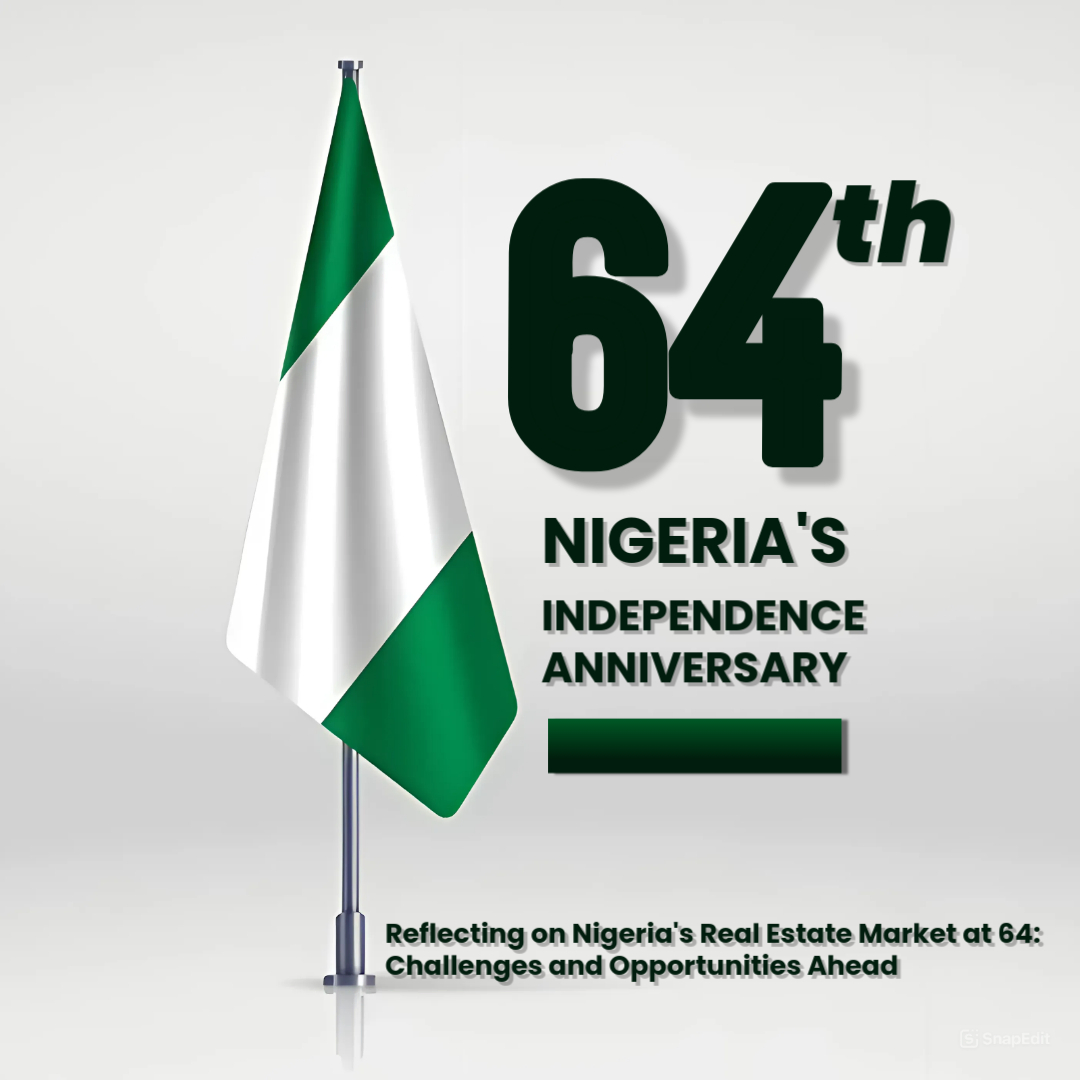Zambia gained independence from British colonial rule on October 24, 1964. The country’s first president was Kenneth Kaunda, who led the nation in the post-colonial period and held power for 27 years. Zambia has a rich history influenced by various ethnic groups, colonialism, and the struggle for independence. Zambia is a landlocked country in southern Africa. It is bordered by eight countries: Tanzania to the northeast, Malawi to the east, Mozambique to the southeast, Zimbabwe to the south, Botswana and Namibia to the southwest, Angola to the west, and the Democratic Republic of the Congo to the north. Zambia is known for its diverse wildlife, rich natural resources, and significant cultural heritage. General Information Official Name: Republic of Zambia Capital: Lusaka Official Language: English Currency: Zambian kwacha (ZMW) Population: 19,693,423 (2022 Population) Area: 752,612 square kilometers (290,586 square miles) Economy GDP Growth Rate: 5.2% Annual Inflation Rate: 15.4% Employment Rate: 31.5% Major Industries: Mining (particularly copper and cobalt), agriculture, tourism, and manufacturing. Key Exports: Copper, cobalt, tobacco, flowers, and gemstones. Zambia’s Real Estate Challenges 1. Economic Instability: Zambia has faced various economic challenges, including fluctuating commodity prices, inflation, and high public debt. Such economic instability can deter investment in real estate and affect property values. 2. Infrastructure Deficiencies: While urban areas are growing, many rural regions still lack necessary infrastructure. Poor roads, inadequate public transport, and inconsistent utilities can make it challenging to develop real estate projects. 3. Access to Financing: Many potential homeowners and investors face difficulties accessing affordable financing options. High interest rates and stringent lending criteria can limit investment in both residential and commercial properties. 4. Regulatory and Bureaucratic Hurdles: The real estate industry often grapples with bureaucratic inefficiencies, lengthy permit processes, and inconsistent enforcement of regulations, which can slow down development projects and deter foreign investment. 5. Land Tenure Issues: Land ownership in Zambia can be complex, with a dual system of customary and statutory land tenure. This can lead to disputes and uncertainty, making real estate investments riskier. 6. Urbanization Pressure: Rapid urbanization has led to an influx of people into cities, creating pressure on the housing supply. This can result in informal settlements and increased demand for affordable housing. Zambia’s Real Estate Opportunities Residential Real Estate Affordable Housing: With a growing urban population, there is a high demand for affordable housing, particularly in urban centers like Lusaka and Ndola. Investing in the development of low- to mid-cost housing can cater to the large segment of the population seeking such options. Luxury Housing Market: As the middle class expands, there is also demand for luxury apartments and gated communities, particularly among expatriates and affluent Zambians. 2. Commercial Real Estate Office Spaces: As businesses expand, there is a need for modern office spaces. Investing in office buildings or co-working spaces can be lucrative, particularly in urban areas. Retail Developments: Shopping malls and retail centers are increasingly in demand, driven by growing consumer spending. There are opportunities in both large malls and smaller retail formats. 3. Industrial Real Estate Warehousing and Logistics: The growth of e-commerce and trade in Zambia has created a demand for warehouses and distribution centers. Investing in logistics parks can be beneficial, given Zambia’s strategic location in the Southern African region. 4. Tourism and Hospitality Hotels and Lodges: Zambia is known for its natural beauty and national parks. Investing in tourism infrastructure, like hotels, lodges, and eco-tourism resorts, can yield good returns, especially in areas near key attractions like Victoria Falls and South Luangwa National Park. Vacation Rentals: The rise in international travel and local tourism creates opportunities for vacation rentals, particularly in tourist-heavy areas. 5. Mixed-Use Developments Combining residential, commercial, and recreational facilities in one development can attract diverse tenants and buyers, making it an attractive investment strategy. Agricultural land and development into residential or commercial spaces: Zambia has significant agricultural potential, and land investment can also lead to future development opportunities as urban areas expand. 6. Government Initiatives The Zambian government has various initiatives aimed at promoting housing development, particularly through partnerships with private investors, as well as special economic zones that can provide favorable investment conditions. Conclusion Zambia’s real estate market at 60 presents a mix of challenges and opportunities. The nation stands at a crossroads, with the potential for growth driven by a changing demographic, government support, and a focus on sustainable development. Strategic planning, investment, and cooperation among stakeholders will be essential to overcoming the challenges and harnessing the opportunities ahead, ultimately contributing to the country’s economic development and improving the quality of life for its citizens.
Reflecting on Uganda’s Real Estate Market at 62: Challenges and Opportunities Ahead
Uganda has a rich cultural history, with over 50 ethnic groups. It gained independence from British colonial rule on October 9, 1962. The post-independence period saw various political challenges, including the dictatorship of Idi Amin in the 1970s. Uganda is a landlocked country located in East Africa, bordered by Kenya to the east, South Sudan to the north, the Democratic Republic of the Congo to the west, Rwanda to the southwest, and Tanzania to the south. The country has a diverse landscape that includes the shores of Lake Victoria, mountainous regions such as the Rwenzori Mountains, and numerous national parks. It is also known for its wildlife, including mountain gorillas, elephants, and numerous bird species. Uganda’s economy is predominantly agricultural, with coffee, tea, and cotton being some of the key exports. In recent years, there has been an emphasis on developing the oil and gas industry. Uganda is often referred to as the “Pearl of Africa” due to its natural beauty and biodiversity. Key attractions include Bwindi Impenetrable National Park, known for its mountain gorillas, Murchison Falls National Park, and various cultural sites. Key Facts about Uganda Capital: Kampala Official Languages: English and Swahili Currency: Ugandan Shilling (UGX) Population: 45.9 Million Persons published by the National Population and Household Census (NPHC) 2024 Uganda’s Real Estate Market: Challenges and Opportunities 62 years post-independence presents a unique blend of challenges and opportunities. Reflecting on the current landscape, we can identify several key factors influencing the market. Current Landscape 1. Growing Urbanization: Uganda is experiencing rapid urbanization, with substantial growth in cities like Kampala. This drives demand for residential, commercial, and mixed-use developments, presenting opportunities for investors and developers. 2. Infrastructure Development: The government has invested in infrastructure projects, such as roads, rail, and energy, which enhance accessibility and improve the investment climate. Ongoing initiatives like the Kampala-Jinja Expressway and developments in the oil and gas sector are expected to boost real estate demand. 3. Population Growth: A young and growing population fuels housing demand. However, this also leads to pressure on existing housing stock, necessitating the production of affordable housing solutions. Challenges 1. Access to Financing: The cost of borrowing in Uganda remains high, limiting access to financing for many potential homeowners and real estate developers. Most banks charge high interest rates, making it difficult for individuals and developers to embark on new projects. 2. Regulatory Environment: The real estate sector is often hampered by bureaucratic hurdles and a lack of transparency in regulatory processes. Delays in obtaining permits and inconsistent enforcement of regulations can deter investment. 3. Land Issues: Land ownership disputes, unclear land tenure systems, and the prevalence of informal settlements present significant challenges. The lack of a coherent land policy can lead to conflicts and uncertainty, discouraging investment. 4. Economic Fluctuations: The economy is sensitive to external factors, such as global commodity prices and trade dynamics. Economic instability can affect purchasing power and real estate investments, leading to uncertainty in the market. Opportunities 1. Financing Options: Bank Loans: Traditional banking institutions offer mortgage products, but the uptake can be limited due to high interest rates and strict lending criteria. Microfinance: This sector has grown, especially for lower-income segments, providing access to finance for smaller real estate developments. Investment Funds: Real estate investment trusts (REITs) and private equity funds are emerging as new sources of capital for larger developments. 2. Affordable Housing: There is a significant shortage of affordable housing in urban areas. Developers who can innovate and provide cost-effective housing solutions can tap into a lucrative market segment. 3. Sustainable Development: As global awareness of climate issues rises, there is an opportunity to adopt sustainable building practices. Eco-friendly developments can attract a new demographic of environmentally-conscious investors and buyers. 4. Investing in Technology: Adopting technology in real estate processes, such as property management, sales, and client engagement, can streamline operations and enhance customer experiences. 5. Diversified Property Types: There is a growing demand for various property types, including logistics hubs, retail spaces, and mixed-use developments due to changing consumer behaviors and shopping patterns. 5. Government Initiatives: The Ugandan government has been involved in initiatives to improve infrastructure, which in turn can stimulate real estate development. The National Development Plan often outlines priorities in housing, urban development, and investment incentives. 7. Investment Potential: International investors have shown interest in Uganda’s real estate due to its favorable demographics and growth potential. Areas such as Kampala, Entebbe, and emerging towns show promise for both residential and commercial investments. Conclusion As Uganda’s real estate market reflects on its 62 years of development, it stands at a crossroads rich with potential. While challenges like access to financing, regulatory constraints, and land issues must be addressed, the opportunities—especially in affordable housing, sustainability, and technological innovation—present avenues for growth. Stakeholders in Uganda’s real estate market must work collaboratively with the government, financial institutions, and communities to navigate these challenges and leverage opportunities for a sustainable and prosperous future.
Reflecting on Nigeria’s Real Estate Market at 64: Challenges and Opportunities Ahead
Nigeria is celebrating 64 years of independence from British colonial rule on October 1, 1960. As the country marks this milestone, it’s essential to examine the state of its real estate market, which has been a significant contributor to its economy. Overview of the Nigerian Real Estate Market The Nigerian real estate market is characterized by a mix of formal and informal sectors, with a significant presence of private developers, builders, and property owners. The market is driven by demand for residential, commercial, and industrial properties, as well as infrastructure development. Key Statistics: 1. Gross Domestic Product (GDP): The real estate sector contributes about 8.5% to Nigeria’s GDP, making it a significant contributor to the nation’s economy. 2. Population Growth: Nigeria’s population is projected to reach 440 million by 2050, making it one of the most populous countries in the world. This rapid growth is driving demand for housing and other real estate services. 3. Urbanization: Over 50% of Nigeria’s population lives in urban areas, which is driving demand for commercial and residential properties. 4. Property Prices: Property prices vary depending on location, size, and type of property. 5. Vacancy Rate: The vacancy rate in the Nigerian real estate market is around 10%, indicating a relatively low level of unsold properties. 6. Investment: The real estate sector is a popular investment option in Nigeria, with many investors opting for rental properties and residential developments. 7. Government Support: The Nigerian government has implemented several initiatives to support the real estate sector, including the creation of the Nigerian Capital Development Fund (NCDF), Real Estate Investment Trusts (REITs. Trends: 1. Rise of Affordable Housing: There is growing demand for affordable housing in Nigeria, driven by rising income inequality and a shortage of affordable housing options. 2. Increased Focus on Sustainability: There is increasing awareness of the importance of sustainable building practices in Nigeria, with many developers incorporating green building features into their projects. 3. Growing Demand for Office Space: The demand for office space in Nigeria is increasing, driven by the growth of the IT and financial sectors. 4. Emphasis on Urban Renewal: There is a growing emphasis on urban renewal in Nigeria, with many cities undertaking regeneration projects to improve infrastructure and amenities. 5. Innovation in Real Estate Technology: The Nigerian real estate market is seeing an increase in the adoption of technology, including blockchain in real estate and virtual tours. Challenges: 1. Infrastructure Deficit: Nigeria’s infrastructure deficit is a significant challenge for the real estate sector, with many areas lacking access to basic amenities such as water, electricity, and sanitation. 2. Lack of Financing: Access to financing is a major challenge for many developers and homeowners in Nigeria, with many relying on informal financing options or personal savings. 3. Corruption: Corruption remains a significant challenge in Nigeria, with many developers and investors facing bureaucratic hurdles and corruption-related issues. 4. Security Concerns: Security concerns are a major issue in some parts of Nigeria, particularly in areas with high levels of crime and violence. 5. Regulatory Challenges: The Nigerian real estate market is subject to complex regulatory requirements, which can be challenging for developers and investors to navigate. 6. Lack of Regulation: The lack of effective regulation in the real estate sector can lead to fraudulent activities, disputes, and uncertainty among investors. Recommendations 1. Improve Regulation: The government should implement effective regulations to ensure transparency and accountability in the real estate sector. 2. Invest in Infrastructure: Investing in infrastructure development will improve connectivity and accessibility, making it easier to develop properties. 3. Foster Foreign Investment: Encouraging foreign investment can bring in much-needed capital and expertise to develop the real estate sector. 4. Promote Affordable Housing: Implementing policies and initiatives to promote affordable housing will help address the shortage of decent housing options. Conclusion As Nigeria celebrates 64 years of independence, it’s essential to focus on developing its real estate market to drive economic growth and improve living standards. Addressing the challenges faced by the sector will require a collaborative effort between government agencies, private developers, and stakeholders. By promoting regulation, infrastructure development, foreign investment, and affordable housing initiatives, Nigeria can unlock the potential of its real estate market and achieve sustainable growth.



